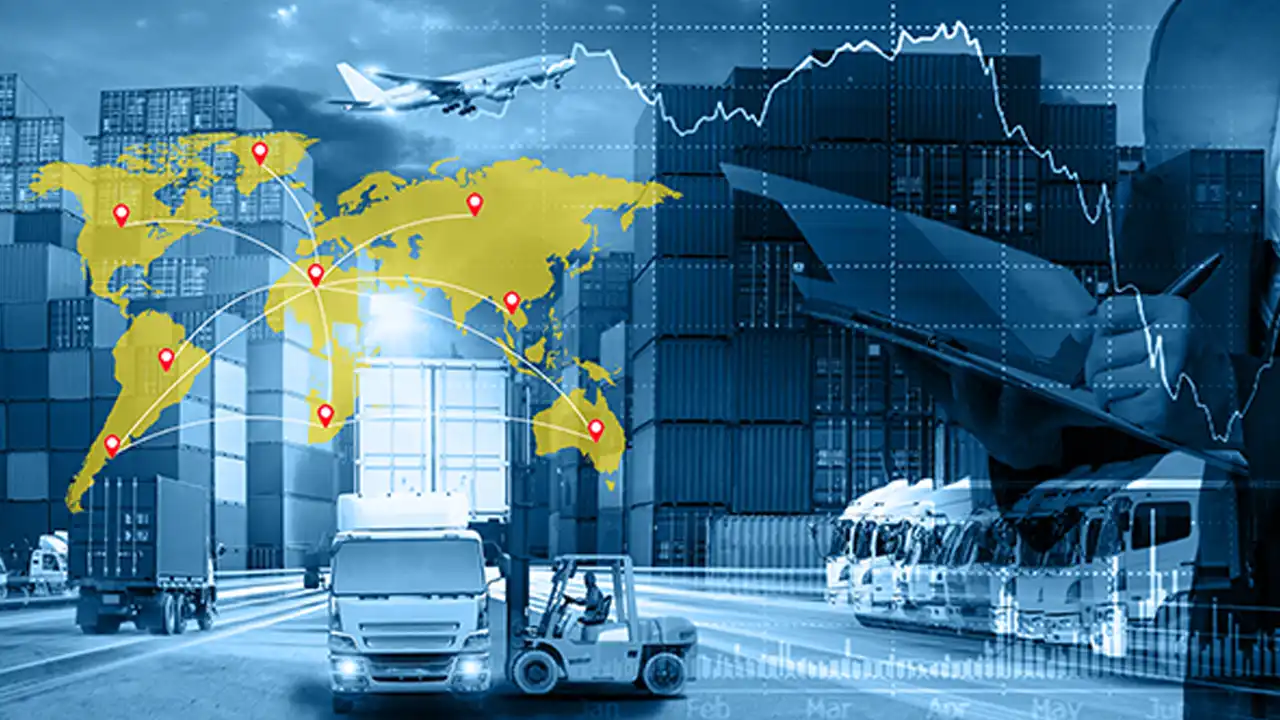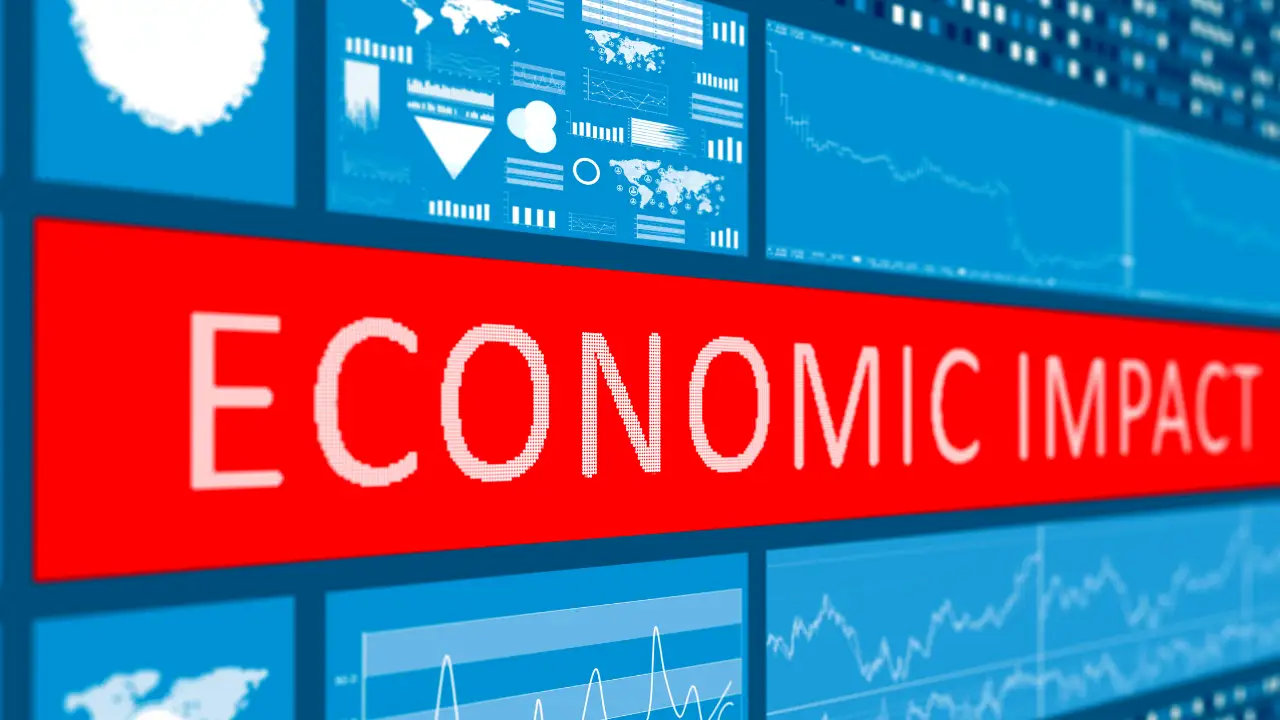Why it’s important to keep an eye on emerging Supplier Risk Management trends 2024 & beyond?
The landscape of the global marketplace is constantly evolving and becoming complex. New risks can arise quickly, and businesses like yours need to be prepared to adapt to changing circumstances to remain competitive.
By staying on top of Supplier Risk Management, you can improve your ability to identify and manage supplier risks effectively. This can help to minimize disruptions to your supply chains, reduce costs, and improve overall operational efficiency. Also, by adopting emerging technologies and best practices in supplier risk management, you can be positioned as a leader in your industrial segment and thus gain a competitive edge.
Furthermore, supplier risk management is becoming increasingly important in light of the COVID-19 pandemic and other recent global events that have highlighted the vulnerabilities of global supply chains.
Here are some reasons why it’s important to keep an eye on emerging supplier risk management trends:
- Mitigate potential supply chain disruptions: Emerging trends in supplier risk management can help businesses identify potential risks and take proactive measures to mitigate them, ensuring that supply chain disruptions are minimized.
- Ensure compliance with regulations: Emerging trends in supplier risk management can help organizations stay compliant with relevant regulations.
- Enhance operational efficiency: By keeping an eye on emerging supplier risk management trends, you can identify new tools, technologies, and strategies to improve operational efficiency. For example, leveraging artificial intelligence and machine learning to analyze supplier data can help identify potential risks more quickly and accurately.
- Protect reputation and brand value: Keeping an eye on emerging supplier risk management trends can help you proactively identify and mitigate risks, protecting your organization’s reputation and brand value.
Overall, staying up to date on emerging trends in supplier risk management is critical for your business if it wants to thrive in today’s fast-paced and rapidly changing global economy.
5 Supplier Risk Management Trends 2024 & beyond
1. Ensuring supplier resilience will remain vital for uninterrupted supply chains and risk mitigation:
As you have seen in recent years, disruptions in one part of the supply chain can have significant impacts on downstream. So, you must look for suppliers who have contingency plans in place to mitigate risks and who can quickly adapt to changing dynamics. Thus, you will need to improve supplier resilience by using data to identify and mitigate potential risks.
By analyzing supplier data, such as financial statements, credit scores, and performance metrics, you can make more informed decisions about which suppliers to work with and how to mitigate associated risks. You can also improve supplier resilience by diversifying your supplier base. By working with multiple suppliers, you can reduce the reliance on any one supplier and mitigate the impact of any disruptions in the supply chain.
2. Accelerated Adoption of Emerging Technologies:
Technology will continue to be a major enabler in the Procurement domain. Advancements in technology are also changing the way you manage supplier risks. For example, blockchain technology can provide end-to-end transparency in supply chains, making it easier to identify and mitigate risks. Blockchain can also help you track the provenance of goods so that you can ensure that suppliers are adhering to ethical and sustainable practices.
Blockchain technology can improve supply chain transparency and traceability. By using distributed ledgers to track and verify transactions, you can gain greater visibility into their supplier networks, reduce the risk of fraud and corruption, and enhance the overall security of your supply chains.
Artificial intelligence (AI) is also an emerging technology that can help your business manage supplier risks. With the power of AI, a vast amount of data can be analyzed to identify patterns and detect potential risks in real-time. This can help you stay ahead of potential disruptions and take proactive steps to mitigate them. At the same time, emerging technologies like the Internet of Things (IoT) and machine learning can help you improve supply chain visibility and identify potential risks before they occur.
Read our blog on How AI Can Solve the Biggest Challenges in Procurement
3. Sustainability will be a business imperative
Sustainability is no longer just a buzzword; it’s a key imperative for businesses like yours who are working on supplier risk management. Companies are increasingly looking for suppliers who adhere to ethical and sustainable practices.
Improving sustainability in your supply chains will need you to implement sustainability audits. These audits can help you evaluate your suppliers’ sustainability practices and identify areas for improvement. You will also need sustainability metrics to evaluate your suppliers. These metrics can include factors such as greenhouse gas emissions, waste reduction, and human rights compliance.
By evaluating suppliers based on sustainability metrics, businesses can make more informed decisions about which suppliers to work with and how to mitigate potential risks. By working with suppliers to improve their sustainability practices, you can mitigate risks related to reputational damage and regulatory compliance.
Download whitepaper: Sustainable Procurement for Compliant, Future-Ready Enterprises- Whitepaper
4. Collaboration and Communication for shared risk management protocols and contingency plans:
Effective supplier risk management requires collaboration and communication between all parties involved in the supply chain. To mitigate risks effectively, it’s essential to establish clear communication channels and work together to identify and address potential risks.
One way that you can improve collaboration and communication is by implementing supplier portals. Supplier portals can provide suppliers with real-time access to information such as order status, delivery schedules, and invoice status. This can help suppliers better plan their operations and provide businesses with greater visibility into their supply chains.
Another way of improving collaboration and communication is by conducting regular supplier meetings. These meetings can provide an opportunity for businesses to discuss any potential risks and work together to develop contingency plans. Regular communication can also help you build stronger relationships with suppliers, which can improve overall supply chain resilience.
Read our blog on Supplier Relationship Management: A Comprehensive Guide 2024
5. Cybersecurity threats is likely to see an increase
The future of cybersecurity threats is likely to see an increase in the vulnerability of supplier networks and data due to the growing reliance on technology and digital connectivity. To mitigate these risks, you will need to adopt the following strategies:
- Strengthen supplier cybersecurity protocols through regular assessments, training, and monitoring.
- Implement robust data encryption and backup systems to protect against data breaches and cyber-attacks.
- Use multi-factor authentication and access controls to restrict unauthorized access to sensitive data.
- Develop contingency plans and disaster recovery procedures to minimize the impact of cyber incidents on the supply chain.
- Collaborate with suppliers to establish shared cybersecurity standards and protocols.
- Leverage advanced technologies such as AI and machine learning to detect and prevent cyber threats in real-time.
Conclusion:
In conclusion, supplier risk management solutions are becoming increasingly important in today’s interconnected global economy. You must stay on top of emerging Supplier Risk Management Trend and technologies to manage risks effectively and improve supply chain resilience. Some of the key trends to keep an eye on include increased focus on supplier resilience, adoption of emerging technologies, emphasis on sustainability, collaboration and communication between all parties involved in the supply chain and the cybersecurity threats.
By staying ahead of these trends and proactively managing supplier risks, businesses can ensure that their operations are well-positioned for the future. Book a demo to know more about Supplier Risk Management Trends.
Related Read:
- Blog – Tech-Enabled Supplier Risk Assessment: Unlocking Cost and Time Savings
- Blog – Moving Beyond Supplier Financial Risk
- Blog – Vendor Landscape: Supplier Risk And Performance Management
- Zycus’ iSupplier, Supplier Information Management Software
- White paper – Ensuring Efficient Supplier Risk Management with Supply Chain Transparency
- TechWatch: Transform Supplier Risk Management with iRisk
- Procurement Risk Management: A Cognitive Data Driven Approach




























































